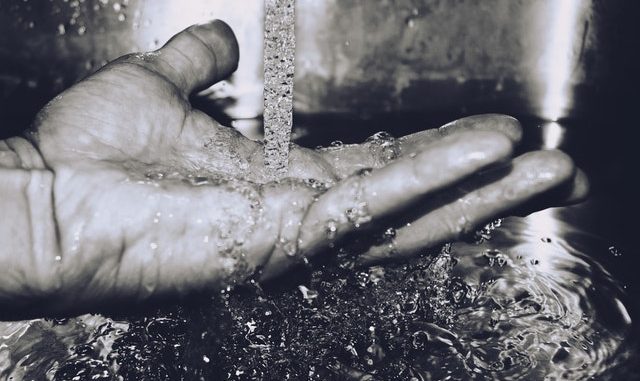
In the hustle and bustle of modern life, it can be easy to forget about how much we rely on a reliable hot water cylinder. Taking showers, cooking food, washing dishes; most of us only appreciate how important our system is when it stops working.
Your hot water cylinder never waits for a convenient time to break down and there could be a variety of reasons why it has happened. In many circumstances, the best thing to do is to consult a plumber who has experience with a hot water cylinder system.
This kind of system can seem complex and daunting to approach as an amateur, but like any other mechanism in your home, it will benefit greatly from routine TLC. This is especially true with regards to tank systems – because a continuous flow system won’t require as much maintenance as it does not store and heated liquid, and so needs less attention.
Adequate maintenance of your hot water cylinder is pretty straightforward and when done effectively can double or even triple the system’s lifespan. In order to keep your system in peak condition, there are two important factors to consider:
- The sacrificial anode
- The TPR valve
Let’s take a look at how you can maintain your hot water cylinder.
What’s a sacrificial anode?
The majority of tank systems will feature what is called a ‘sacrificial anode’. It is a metal rod that is normally constructed from magnesium or aluminium and is coated with zinc; it is then hung down inside the hot water cylinder.
The anode is designed specifically to attract impurities in the liquid that would otherwise cause the interior of the tank to rust. This rod absorbs the rust damage on behalf of the tank, hence why it’s called ‘sacrificial’.
Naturally, the sacrificial anode is something that needs to be replaced once it deteriorates completely. Failing to replace the sacrificial anode can mean significant rust damage for your hot water cylinder.
When do I need to replace the sacrificial anode?
In the majority of case, sacrificial anodes need replacing around every 5 or so years. The biggest cause of hot water cylinder failure is more than likely the result of people failing to replace their anode often enough.
Replacing the anode at an adequate frequency is one of the most important ways to protect your hot water cylinder.
What’s a TPR valve?
Temperature and pressure relief valves (TPR valves) are attached to a hot water cylinder as an extra safety measure. They work by venting the heat automatically if the pressure within the tank gets too high, which helps prevent it from cracking or exploding.
If your TPR valve is malfunctioning, it posed quite a serious risk. If left unchecked, the tank has the risk of exploding from the internal pressure.
How to test your TPR valve
Testing the TPR valve on your hot water cylinder is pretty easy, and can be done on your own. If the vale is already leaking liquid via the outlet pipe, it will need replacing.
Testing the valve entails expelling some very hot liquid, so be prepared and wear adequate clothing and boots.
- Check to make sure that the areas directly underneath the outlet is clear from any obstruction. Be sure to stand as far away as you can from the end of the pipe.
- Gently raise the handle on the valve and don’t force it if it’s stuck. If it won’t move, then it needs to be replaced.
- Return the valve to its original closed position and the flow should cease. If it does not stop flowing then it’s a sign it needs to be replaced.